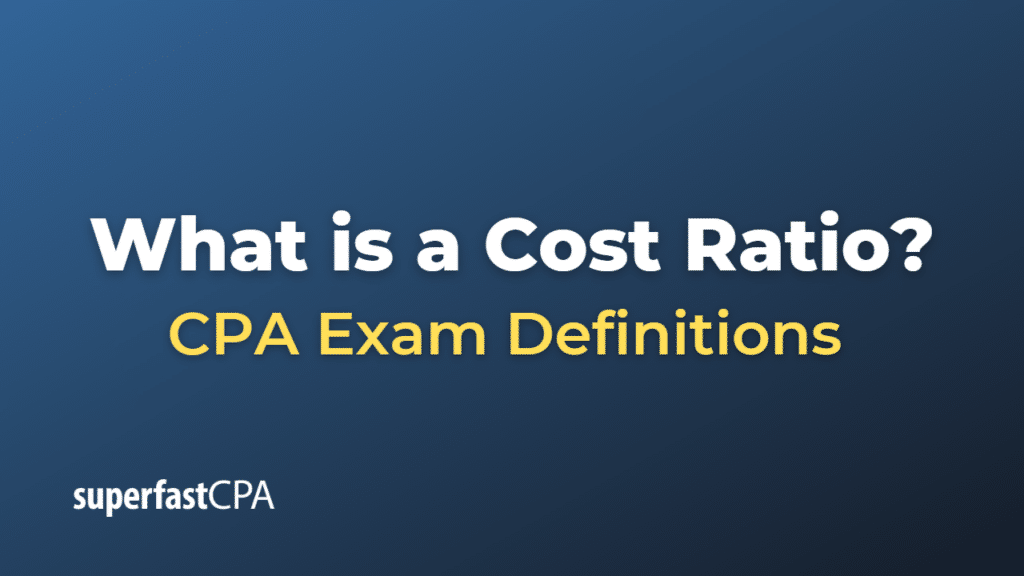Cost Ratio
A cost ratio, often used in the context of mutual funds or exchange-traded funds (ETFs), refers to the amount that investors pay to cover the fund’s annual operating expenses, including management fees, administrative costs, and other asset-based costs incurred by the fund. It’s expressed as a percentage of the fund’s average net assets.
The cost ratio is also known as the expense ratio. It’s an important figure to consider when choosing a fund because it directly reduces the fund’s returns to the investors. A lower cost ratio generally means more of the fund’s returns are passed on to the investors, assuming identical pre-expense performance.
For example, if a mutual fund has $1,000,000 in assets and $10,000 in annual operating costs, its cost ratio would be 1.0% ($10,000 / $1,000,000 * 100%).
Investors generally prefer funds with lower cost ratios, all other things being equal. However, cost ratio is just one factor to consider when choosing a fund; others include the fund’s past performance, the reputation of its management, and how well it fits with the investor’s overall investment strategy and risk tolerance.
Example of a Cost Ratio
Let’s consider an example with two hypothetical mutual funds:
Fund A has total assets of $500 million and annual operating expenses of $2.5 million.
Fund B has total assets of $800 million and annual operating expenses of $4.8 million.
To calculate the cost ratio (or expense ratio) for each, we divide the annual operating expenses by the total assets and multiply by 100 to express the result as a percentage.
For Fund A, the cost ratio would be:
($2.5 million / $500 million) * 100 = 0.5%
For Fund B, the cost ratio would be:
($4.8 million / $800 million) * 100 = 0.6%
So, despite having higher absolute operating expenses, Fund A is more cost-efficient for investors compared to Fund B, as it has a lower cost ratio. This means that a smaller portion of Fund A’s assets is used to cover operating costs, leaving a greater proportion for potential returns to investors.
However, the cost ratio is just one factor to consider when choosing a mutual fund. Investors should also consider other factors such as the fund’s historical performance, investment strategy, risk level, and the investor’s own financial goals and risk tolerance.













